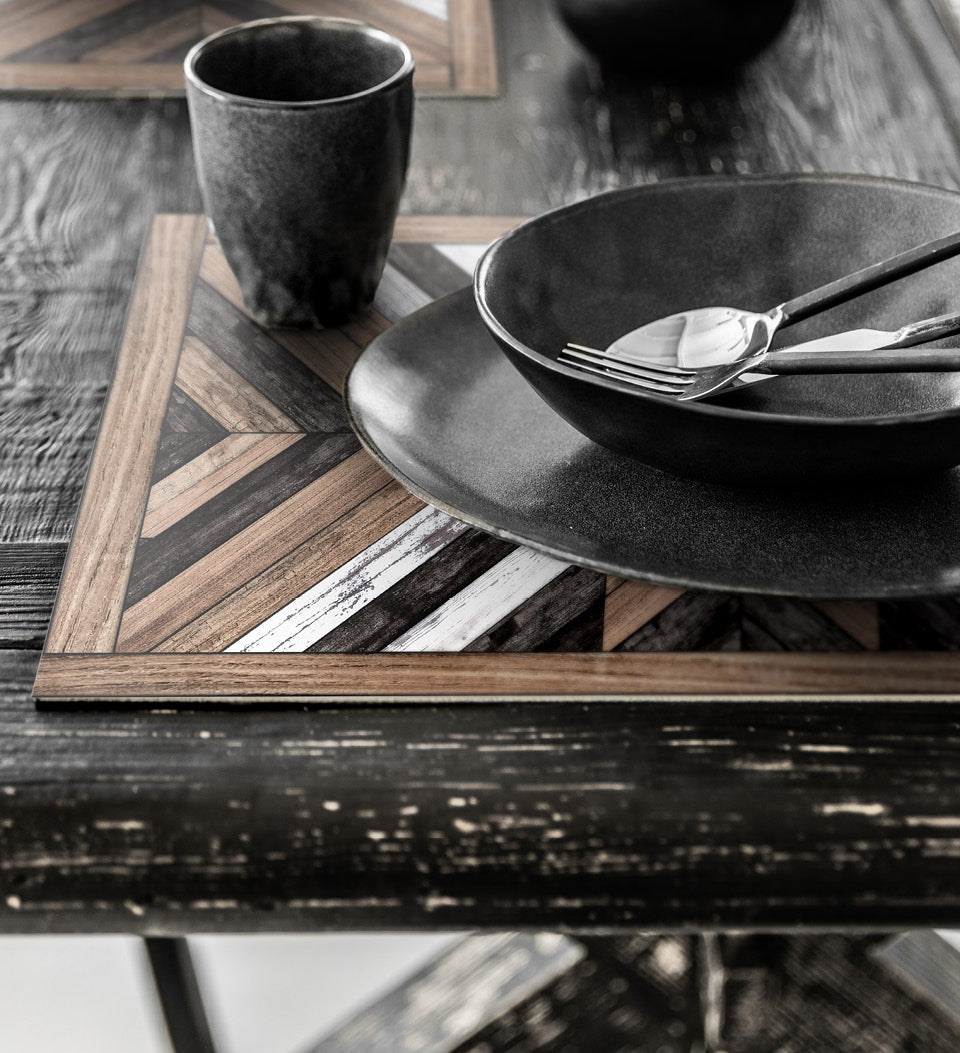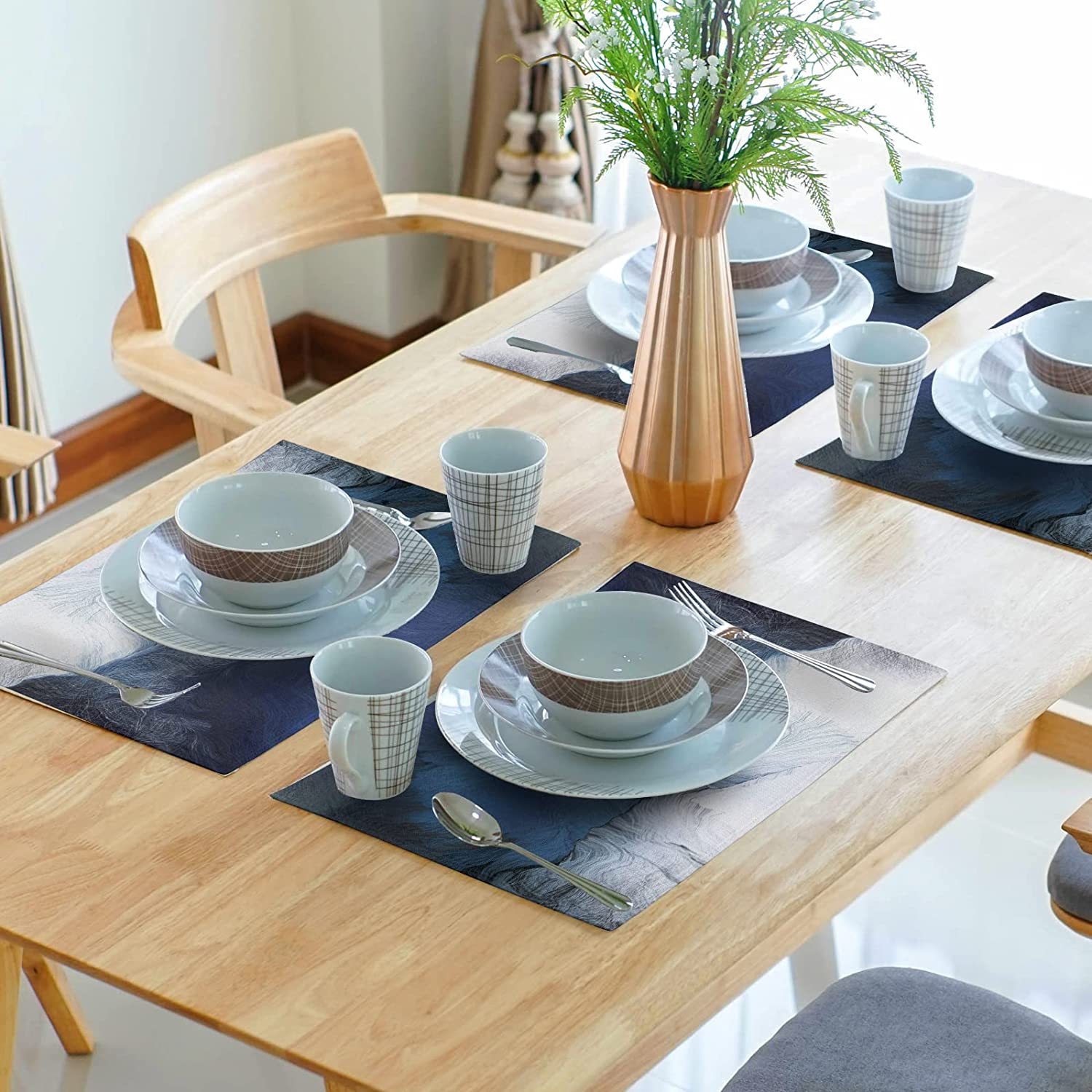The Basic Principles Of Unique Art
The Basic Principles Of Unique Art
Blog Article
Fascination About Unique Art
Table of ContentsMore About Unique ArtFascination About Unique ArtThe 4-Minute Rule for Unique ArtFascination About Unique Art
While one may dispute which art type holds precedence, the reality remains that each of these 7 types supplies a distinct window into human history, society, and development. They are the tapestries that chronicle our journey, advising us of our past while motivating visions for the future.Terrific art work narrates, makes people look twice, and produces a special experience that can not be matched. Art and illustrations connect all of that through shade, shape and other design aspects. Find out exactly how to make your unique artwork stand out from the group.
3 Emil DervishIn this entrance by Emil Dervish that beautiful cobalt blue door takes the show. To bring also much more drama, he prolonged the paint. to the doorframe and the wall surface up, completing in a curved shape. The contours, together with a spherical sconce, soften the sides - Unique Art. After that frames vintage posters and maps of precious areas set the scene.
8 TRIA GIOVANEqual components grand and laidback, this foyer made by Anthony Baratta is the ideal blueprint to follow if you're enhancing a formal entrance that still feels unfussy and comfy. Formed fabrics take spotlight (see the carpets and the sofa), yet they likewise aid bring the high ceilings down to a human scale when hung over wallpaper.
Fascination About Unique Art
18 Heidi Caillier DesignA gallery wall does not need to take up the whole room. Sometimes a little one can make a larger style statement. In this living room, Hiedi Caillier decided for micro-mini structures and a random structure.
The aspects of this languageits shapes, lines, colours, tones, and texturesare used in different methods to produce feelings of volume, space, activity, and light on a flat surface. These elements are integrated right into expressive patterns in order to stand for genuine or mythological phenomena, to interpret a narrative style, or to create wholly abstract visual connections.
Later on the concept of the "great musician" established in Asia and Renaissance Europe. Famous painters were paid for the social status of scholars and courtiers; they authorized their work, chose its design and frequently its subject and images, and established a more personalif not constantly amicablerelationship with their clients. During the 19th century painters in Western societies started to lose their social position and protected patronage.
The Best Guide To Unique Art
Others check over here made a revenue with touring exhibitions of their job. The requirement to appeal to a market had changed the comparable (if less impersonal) demands of patronage, and its effect on the art itself was most likely comparable. Usually, artists in the 20th century can reach an audience just with commercial galleries and public museums, although their work may have been periodically reproduced in art periodicals
For the history of paint in old Egypt, see Egyptian art and design. The development of painting in different areas his response is dealt with in a number of short articles: Western paint; African art; Central Asian arts; Chinese paint; Islamic arts; Japanese art; Oriental art; Indigenous American art; Oceanic art and design; South Asian arts; Southeast Asian arts. For a conversation of the forgery of artworks, see forgery. For a conversation of the role of paint and various other arts in faith, along with of the use of spiritual symbols in art, see religious significance and iconography. For information on other arts connected to paint, see articles such as drawing; individual art; printmaking. It is the sense of inevitability in this official organization that gives an excellent painting its self-sufficiency and visibility. The colours and placement of the principal images in a style may be often greatly made a decision by representational and symbolic considerations. It is the official interplay of colours and shapes that alone is qualified of communicating a certain state of mind, generating optical sensations of room, volume, motion, and light and developing pressures of both harmony and tension, even when a painting's narrative importance is rare.
Do not duplicate the style of other musicians if you're attempting to find your design. Copying other individuals's artwork can be wonderful in academic objectives but it will not make you closer to discovering your very own one-of-a-kind style. Your imaginative design needs to be, what you like and what influences you.

How Unique Art can Save You Time, Stress, and Money.
You require to attempt great deals of various choices and check out whatever before you can concentrate on one specific style try this or you'll be bored, or even worse, you'll despise your very own style. So I recommend you to try every single subject that you have an interest in, explore as much as you can. Try different tools that thrill you and new techniques you've never ever attempted before.
With time you'll be able to arrange all of them into your favorite and the very least favored classifications. Try to concentrate your focus on the subjects and tools that you like and prior to you see it coming you'll have your very own personal and unique design, like nobody else have! So in the long run you'll have a few favored based on repaint and perhaps a few favored mediums.

Report this page